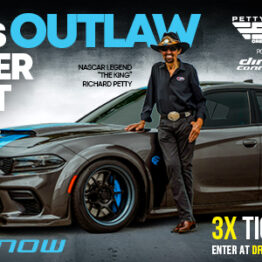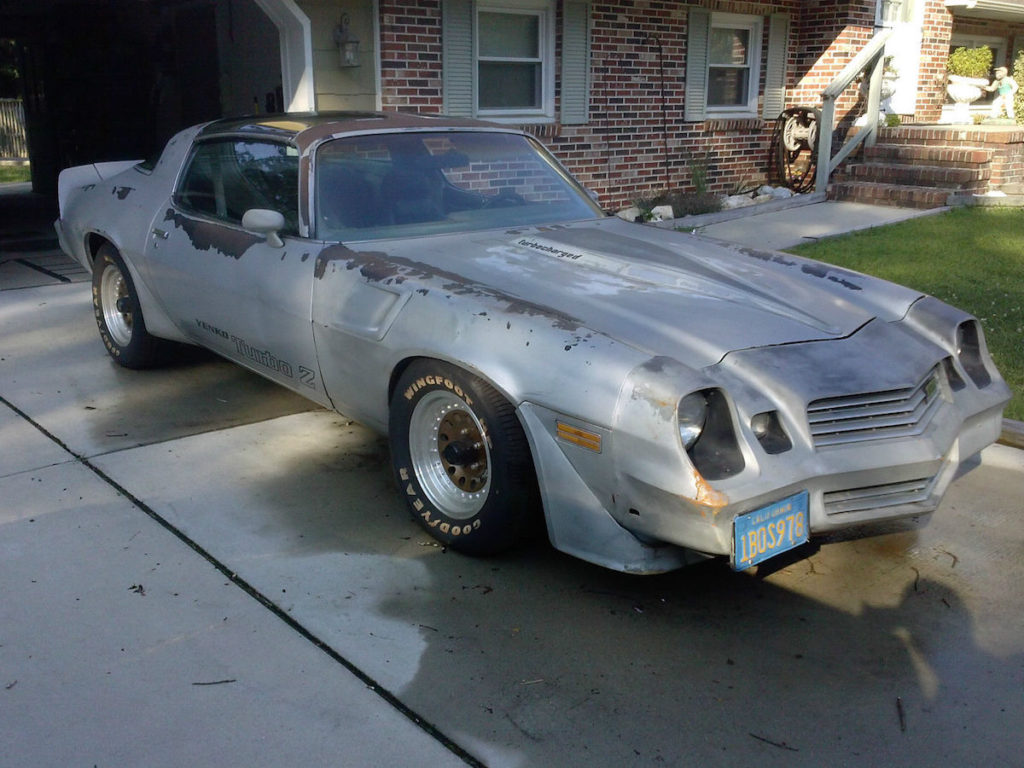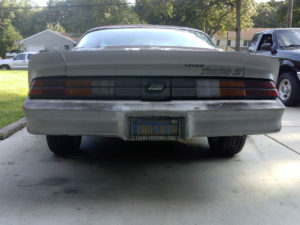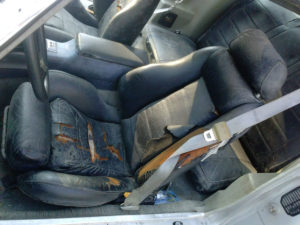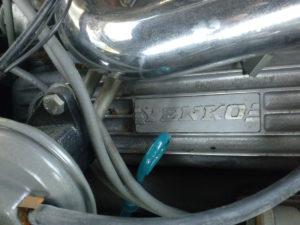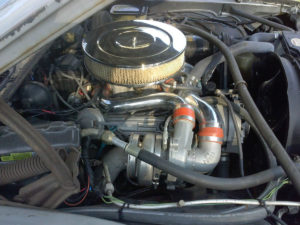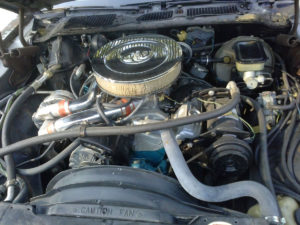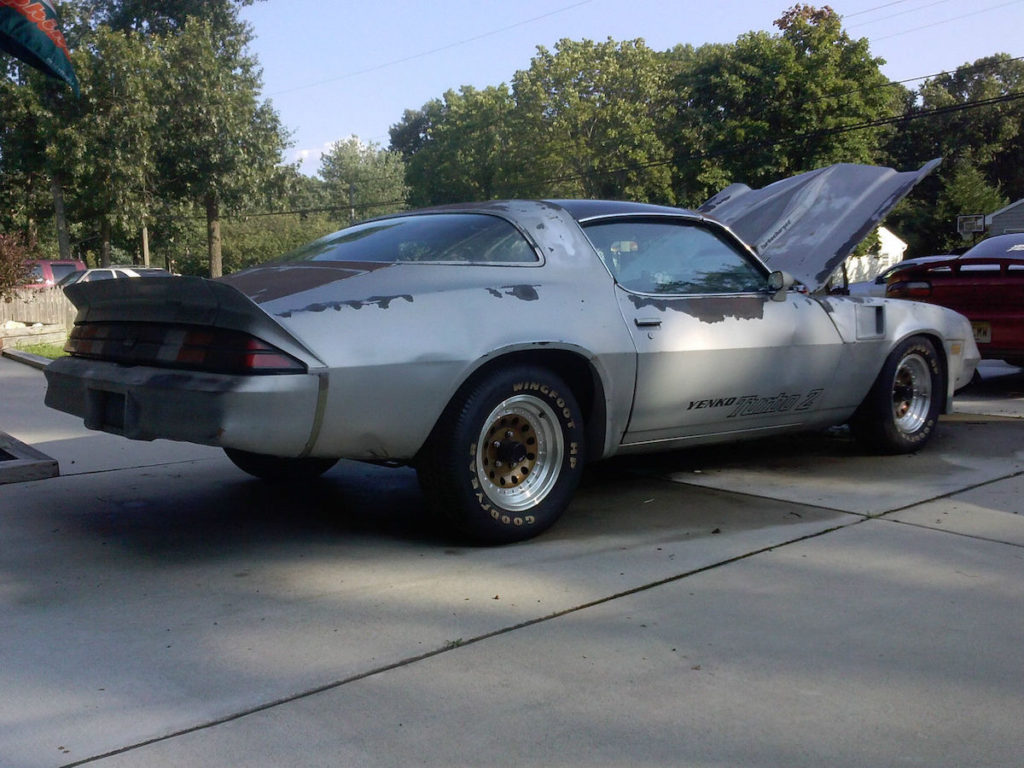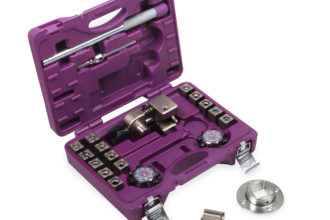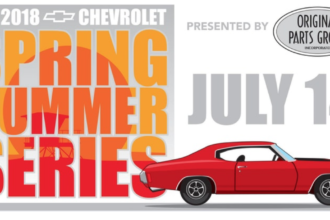During the Golden Age of Musclecars, from the mid-60s to the early ’70s, big-block powered intermediates and pony cars ruled the road. With record-breaking horsepower and torque figures (at the time), the classics still hold a special place in our hearts today. Of course, without independent tuners like Nickey, Dana and Yenko Chevrolet working their own magic on these beasts to squeeze even more power out of them — the genre wouldn’t have been as special as we have remembered.
For a brief time, Yenko Chevrolet of Cannonsburg, Pennsylvania would take Novas, Chevelles, Camaros, and even Corsairs and Vegas, to the next level by installing larger powerplants and pumping up the power to up the ante. Largely taking place during those halo years, many enthusiast have failed to realize that Don Yenko commissioned another Camaro project between 1980 and 1981.
Dubbed the Yenko Turbo-Z, the final Yenko Camaros would leave Cannonsburg with a big-block 427, but with a somewhat potent for its day turbocharged 350. A lower-displacement 305 was available, but if you wanted more power for you dollar, the 45-extra cubes were recommended. While there’s still some debate on how many Yenko Turbo-Zs were actually built out of the original proposed 200, its been said that roughly less than 20 were produced. Power output numbers were a little foggy, but say these were rated between 200-250 horsepower.
Not just a simply turbo kit and some decals, the Yenko Turbo-Zs were outfitted with seventeen extra-cost factory items, an automatic transmission, upgraded wheels and a front fascia. The car would retail for $11,300 in its standard for. For an additional $4,200, the car would come equipped with Koni shocks, fully-adjustable leather racing seats, leather-wrapped steering wheel, modified stabilizer bars, Turbo-Z floor mats and modular wheels wrapped in Goodyear Wingfoot tires.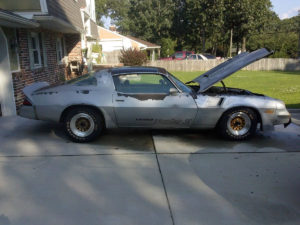
Just today, we ran across a fairly rough example on eBay that’s reportedly a former Super Chevy feature car from when it was brand new, and quite possibly, one of the first early development cars. Apart from the original plates that were also depicted attached to the car in the Super Chevy article, the seller claims he has no other documentation to verify its authenticity.
Given the unrestored star and the obvious age of all of the components, in addition to the license plates, your author believes it to be the real deal. Where the original fascia went in the last third-five years is clearly a mystery, as anything could have happened to the car in that time, but I’m sure a duplicate could be made after some throughout research and a lot of fiberglass. With only four hors left on the auction as of this writing, and a current high bid of just over $15k, without hitting the reserve, we are left wondering what would take this car home. Happy bidding!
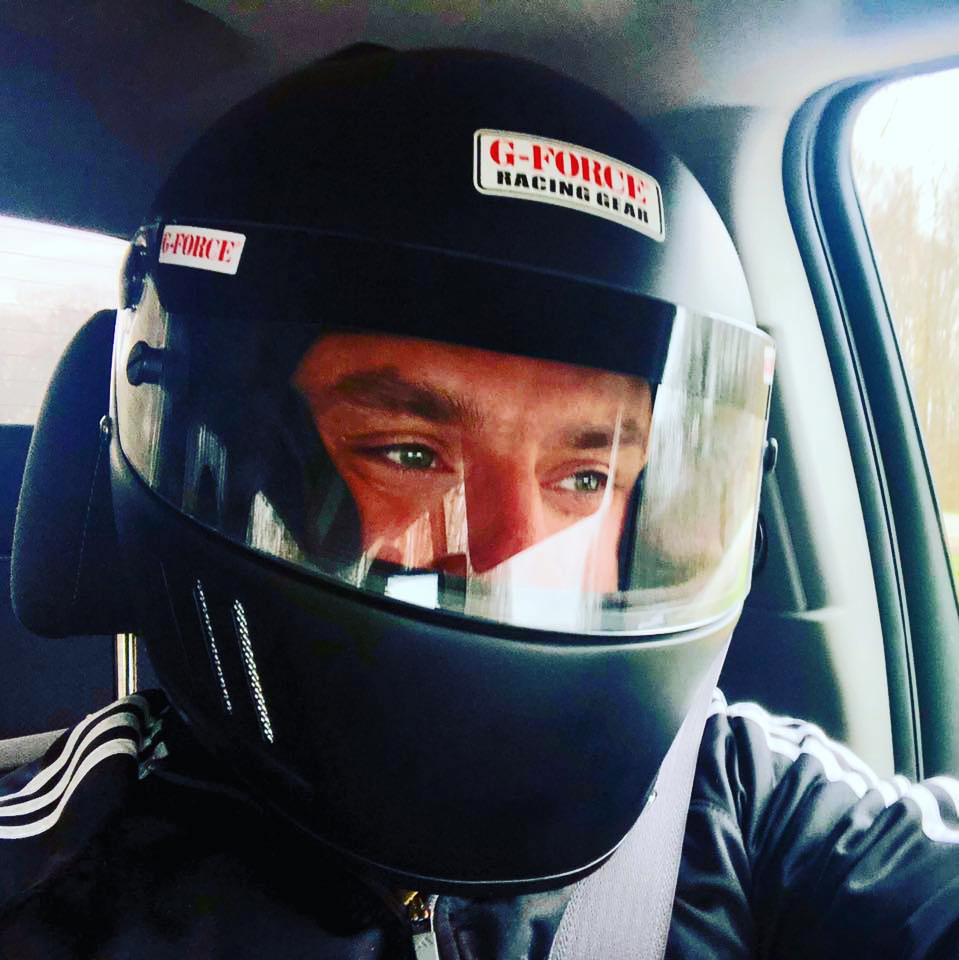
Rick Seitz is the owner and founder of AutoCentric Media, the parent company to Timeless MuscleCar Magazine, and has a true love and passion for all vehicles. When he isn’t tuning, testing, or competing with the magazine’s current crop of project vehicles, he’s busy tinkering and planning the next round modifications for his own cars.

